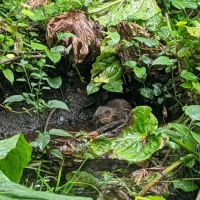East Hampton Village Nature Trail and Wildlife Sanctuary Introduce
Nestled in the heart of East Hampton Village, at Davids Lane, East Hampton, NY 11937, USA, lies the exquisite East Hampton Village Nature Trail and Wildlife Sanctuary. This remarkable location, often affectionately referred to by locals as the "Duck Pond," is far more than just a simple park; it is a vital "Scenic Spot" and a cherished natural preserve that offers an unparalleled opportunity to connect with nature within a charming village setting. As a designated wildlife sanctuary, it provides a protected haven for a diverse array of flora and fauna, making it an ideal destination for gentle "hiking" or simply enjoying the tranquility of the outdoors for local residents and visitors to the Hamptons.
The environment of the East Hampton Village Nature Trail and Wildlife Sanctuary is a captivating blend of carefully preserved wetlands, woodlands, and open water features. Despite being located remarkably close to East Hampton's bustling Main Street, the 24-acre sanctuary exudes a profound sense of peaceful seclusion. The core of the sanctuary is an area known locally as the 'dreen,' part of Hook Pond, which notably never fully freezes over. This natural phenomenon ensures a year-round, ever-growing population of waterfowl, providing a continuous spectacle for visitors. The landscape is characterized by diverse plant life, including a mix of native trees and shrubs, creating a rich habitat. The trails are thoughtfully laid out, offering pathways through woodsy areas and alongside small marshy sections. While the sanctuary has a "purposefully wild and effortless look," it is meticulously maintained, ensuring the trails are navigable and the environment remains pristine for both wildlife and human enjoyment. The transition from a historical swamp and wetlands to a private Japanese water garden in the early 20th century, before its eventual dedication to the Village, has left a unique ecological and aesthetic legacy. The air is typically fresh, imbued with the scents of damp earth and greenery, often accompanied by the gentle sounds of rustling leaves, chirping birds, and the soft quacking of ducks. This harmonious environment provides a serene backdrop for leisurely walks and nature observation.
In terms of services, the East Hampton Village Nature Trail and Wildlife Sanctuary operates as a public nature preserve, managed with significant input and care from community organizations. The Ladies Village Improvement Society (LVIS) plays a pivotal role in its maintenance and preservation, working in conjunction with the Garden Club of East Hampton and the East Hampton Village to oversee its general preservation and protection. While there are no direct goods or commercial services for sale within the sanctuary itself, the primary service offered is free public access to a well-maintained, ecologically rich natural space. Visitors can enjoy peaceful walks, observe wildlife, and engage in passive recreation. For those interested in feeding the waterfowl, a sign at the start of the trail explicitly requests that bread is not given, recommending instead nutritional feed such as poultry feed, cracked corn (available from local shops), uncooked oats, birdseed, rice, chopped grapes, or defrosted peas or corn. This demonstrates a commitment to the welfare of the resident wildlife. The accessibility of the trails, suitable for pushing young children in strollers, enhances its service to families. Parking for a few cars is available near the duck feeding area at the start of the trail on Davids Lane, offering convenient access. The overarching service provided by this "Scenic Spot" is the preservation of a crucial natural habitat and the provision of a tranquil, educational, and recreational outdoor experience for the community.
The features of the East Hampton Village Nature Trail and Wildlife Sanctuary are what truly distinguish it. The sanctuary spans 24 acres, offering a substantial area for exploration. A notable feature is the network of paths, including up to 25 bridges, that allow visitors to traverse the varied terrain safely and enjoy panoramic views of the water features and surrounding natural beauty. The proliferation of wood ducks, known for their dramatic and colorful appearance, is a source of pride, partly due to the installation of special nesting boxes designed to encourage their presence. The history of the site is also a unique feature; once a private Japanese water garden in the early 1900s, it still retains some of that original charm, with the remnants of gently arching bridges and the historical significance of Mary Woodhouse, who originated and kept the garden. A clearing in one section with park benches provides a spot for quiet contemplation or resting. The sanctuary's role as a wildlife haven is paramount, supporting a diverse array of waterfowl, birds, and other local species. Its very existence, so close to a bustling village center, is a remarkable testament to dedicated preservation efforts. The trails are clearly marked, and while seemingly wild, they are maintained for safety and to minimize disruption to the wildlife. The emphasis on responsible wildlife feeding, as indicated by signage, is also a crucial feature promoting ecological health.
Promotional information for the East Hampton Village Nature Trail and Wildlife Sanctuary is primarily community-driven and focuses on its ecological and recreational value. The Ladies Village Improvement Society (LVIS) website and publications often highlight their role in nurturing and maintaining this "very special oasis." The East Hampton Village's official website also lists the Nature Trail under its "Parks & Recreation" section, encouraging visitors to explore this natural attraction. Local tourism guides and nature-oriented blogs frequently feature the sanctuary, emphasizing its tranquility and accessibility for families and nature enthusiasts. Books such as "Eden of East Hampton" have been written about its history and natural setting, further promoting its unique appeal. The promotion often centers on the sanctuary's role as a "safe haven for our precious wildlife" and a place where one can "reconnect with nature" despite its urban proximity. Information regarding responsible visiting, such as the guidelines for feeding waterfowl and the prohibition of bicycles and scooters on the trails (to avoid disrupting wildlife), is also actively disseminated to ensure a positive experience for all and to protect the delicate ecosystem. The ongoing dedication of local organizations to its preservation and the enduring beauty of the sanctuary itself serve as the most compelling promotional tools, inviting individuals to discover this serene and historically rich "Scenic Spot" in East Hampton.
East Hampton Village Nature Trail and Wildlife Sanctuary Photos

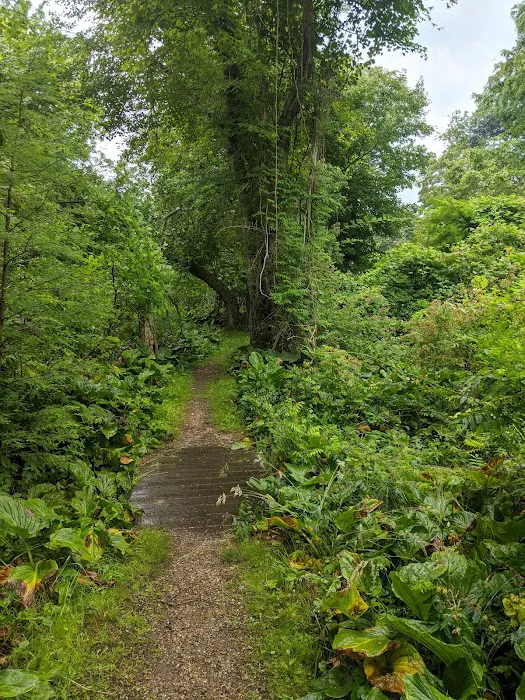
East Hampton Village Nature Trail and Wildlife Sanctuary Location
East Hampton Village Nature Trail and Wildlife Sanctuary
Davids Ln, East Hampton, NY 11937, USA
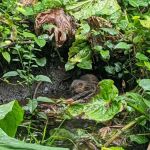 East Hampton Village Nature Trail and Wildlife Sanctuary
East Hampton Village Nature Trail and Wildlife SanctuaryDavids Ln
 Mill House Inn
Mill House Inn31 N Main St
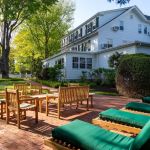 Huntting Inn
Huntting Inn94 Main St Suite 1800
 Herrick Park
Herrick Park67 Newtown Ln
 East Hampton House Resort
East Hampton House Resort226 Pantigo Rd
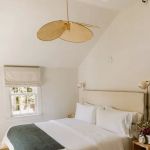 LDV at The Maidstone
LDV at The Maidstone207 Main St
 Lee Hayes Youth Park
Lee Hayes Youth Park206 Town Ln
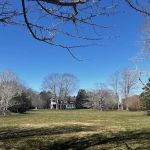 Long Island Center for Conservation
Long Island Center for Conservation142 E Hampton Sag Harbor Turnpike
 Atlantic Double Dunes Preserve
Atlantic Double Dunes Preserve381 Bluff Rd
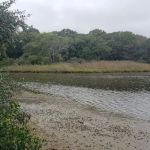 Soak Hides Preserve
Soak Hides PreserveSoak Hides Rd
 434 on Main
434 on Main434 Main St
 Sea Breeze Inn
Sea Breeze Inn30 Atlantic Ave
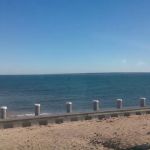 Dennistown Bell Park
Dennistown Bell Park266 Fresh Pond Rd
East Hampton Village Nature Trail and Wildlife Sanctuary Reviews
More Scenic Spot
 Mill House Inn4.0 (64 reviews)
Mill House Inn4.0 (64 reviews)31 N Main St, East Hampton, NY 11937, USA
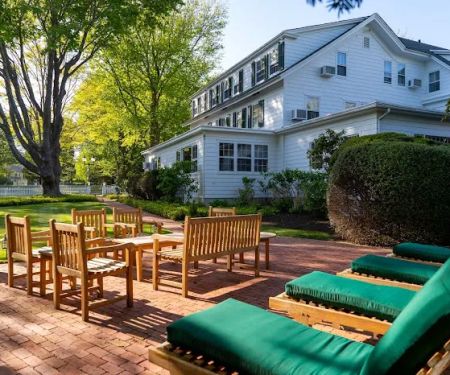 Huntting Inn4.0 (79 reviews)
Huntting Inn4.0 (79 reviews)94 Main St Suite 1800, East Hampton, NY 11937, USA
 Herrick Park4.0 (101 reviews)
Herrick Park4.0 (101 reviews)67 Newtown Ln, East Hampton, NY 11937, USA
 East Hampton House Resort4.0 (281 reviews)
East Hampton House Resort4.0 (281 reviews)226 Pantigo Rd, East Hampton, NY 11937, USA
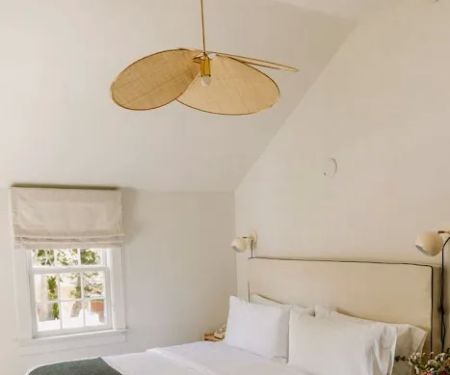 LDV at The Maidstone4.0 (177 reviews)
LDV at The Maidstone4.0 (177 reviews)207 Main St, East Hampton, NY 11937, USA
 Lee Hayes Youth Park3.0 (38 reviews)
Lee Hayes Youth Park3.0 (38 reviews)206 Town Ln, East Hampton, NY 11937, USA
 Long Island Center for Conservation5.0 (1 reviews)
Long Island Center for Conservation5.0 (1 reviews)142 E Hampton Sag Harbor Turnpike, East Hampton, NY 11937, USA
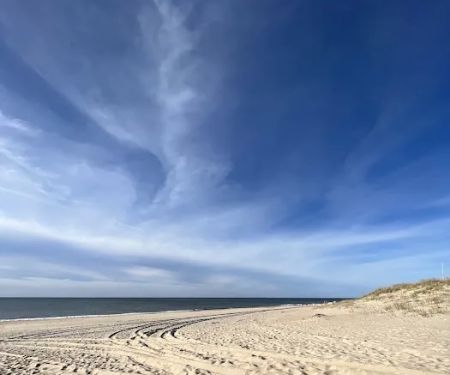 Atlantic Double Dunes Preserve0.0 (0 reviews)
Atlantic Double Dunes Preserve0.0 (0 reviews)381 Bluff Rd, Amagansett, NY 11930, USA
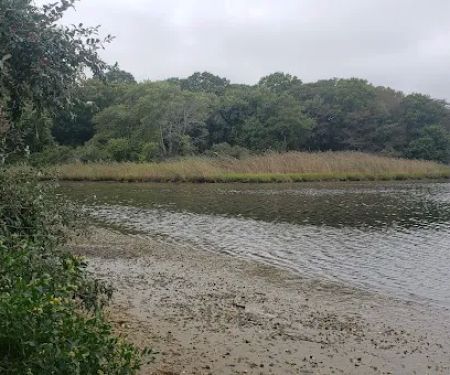 Soak Hides Preserve5.0 (3 reviews)
Soak Hides Preserve5.0 (3 reviews)Soak Hides Rd, East Hampton, NY 11937, USA
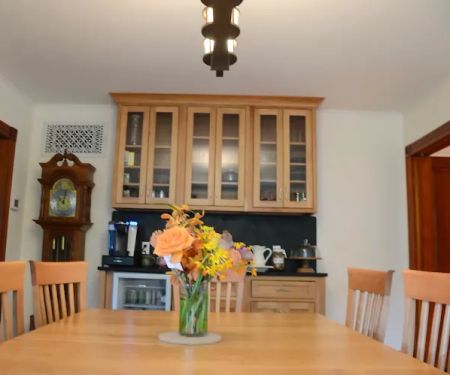 434 on Main4.0 (41 reviews)
434 on Main4.0 (41 reviews)434 Main St, Amagansett, NY 11930, USA
 Sea Breeze Inn4.0 (8 reviews)
Sea Breeze Inn4.0 (8 reviews)30 Atlantic Ave, Amagansett, NY 11930, USA
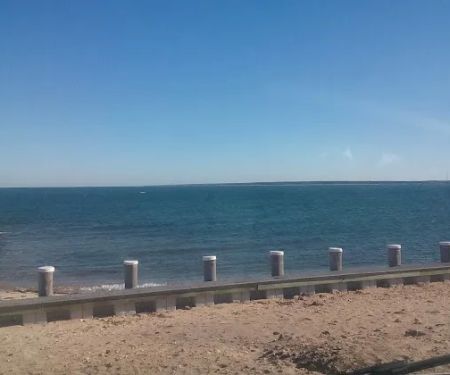 Dennistown Bell Park4.0 (40 reviews)
Dennistown Bell Park4.0 (40 reviews)266 Fresh Pond Rd, Amagansett, NY 11930, USA
Categories
Popular Camping Sites
 Saddle River County Park-Wild Duck Pond Area4.0 (291 reviews)
Saddle River County Park-Wild Duck Pond Area4.0 (291 reviews) Veterans Memorial4.0 (4 reviews)
Veterans Memorial4.0 (4 reviews) Water's Edge Garden4.0 (9 reviews)
Water's Edge Garden4.0 (9 reviews) Soho Grand Private Dog Park3.0 (14 reviews)
Soho Grand Private Dog Park3.0 (14 reviews) Boerum Hill Guest House5.0 (1 reviews)
Boerum Hill Guest House5.0 (1 reviews) Somers Parks & Recreation Department4.0 (49 reviews)
Somers Parks & Recreation Department4.0 (49 reviews)Trending Camping Blog Posts
 Top Group Travel Destinations in Europe: Best Places for Group Vacations
Top Group Travel Destinations in Europe: Best Places for Group Vacations How to Get Involved in Travel Clans for Social Travel: Explore Group Travel Opportunities
How to Get Involved in Travel Clans for Social Travel: Explore Group Travel Opportunities Best Travel Clans for Sustainable Travel
Best Travel Clans for Sustainable Travel Best Group Vacation Destinations for Friends: Ultimate Travel Ideas
Best Group Vacation Destinations for Friends: Ultimate Travel Ideas Travel Clans for Solo Travelers Looking for Company: Join Unique Travel Communities
Travel Clans for Solo Travelers Looking for Company: Join Unique Travel Communities Best Travel Clans for Women Traveling Together
Best Travel Clans for Women Traveling Together 
